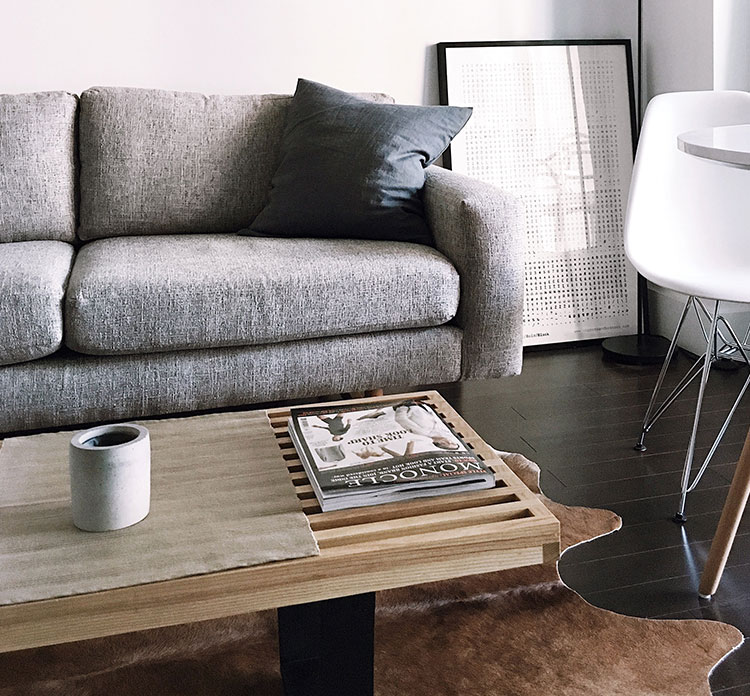Professional Diploma in Interior Design
(2-Year Program – Residential & Commercial Specialization)
Step into the world of design with confidence through the Professional Diploma in Interior Design at Unnati School of Design. This comprehensive 2-year program is curated for individuals who aspire to master the art and science of interior spaces—both residential and commercial.
Our curriculum goes beyond aesthetics. It is a deep dive into space planning, material application, lighting design, color theory, furniture layout, building codes, and design psychology. With a perfect balance of theoretical knowledge and practical exposure, students gain hands-on experience through live projects, studio assignments, and site visits.
The course is designed to help you think like a designer, work like a professional, and innovate like a leader. From luxury homes and modern apartments to offices, cafes, and retail spaces, students are trained to handle diverse interior projects with creativity and technical precision.
Guided by experienced faculty and industry professionals, this diploma offers a solid pathway into the interior design profession—whether you wish to work with top design firms, freelance, or launch your own studio.
Duration: 2 Years
Mode: Classroom + Practical Studio Training
Eligibility: 10th Pass or Equivalent
Specialization: Residential & Commercial Interiors
Career Paths: Interior Designer, Commercial Space Planner, CAD Technician, Project Coordinator, Design Entrepreneur
Design bold. Design smart. Design with purpose.


In design, we bring characteristics of the natural world into built spaces, such as water, greenery, and natural light, or elements like wood and stone. Encouraging the use of natural systems and processes in design allows for exposure to nature, and in turn, these design approaches improve health and wellbeing. There are a number of possible benefits, including reduced heart rate variability and pulse rates, decreased blood pressure, and increased activity in our nervous systems, to name a few.
Over time, our connections to the natural world diverged in parallel with technological developments. Advances in the 19th and 20th centuries fundamentally changed how people interact with nature. Sheltered from the elements, we spent more and more time indoors. Today, the majority of people spend almost 80-90% of their time indoors, moving between their homes and workplaces. As interior designers embrace biophilia.
Sheet Work
To Understang Designing Skills
2D Drafting
Space planning, Furniture, Electric Plan, Plumbing layout, Presentation Plan, Ceiling Plan, 4 Wall Elevation & Exterior Elevation
3D modeling
3D Model of Interior & Exterior along with Furniture